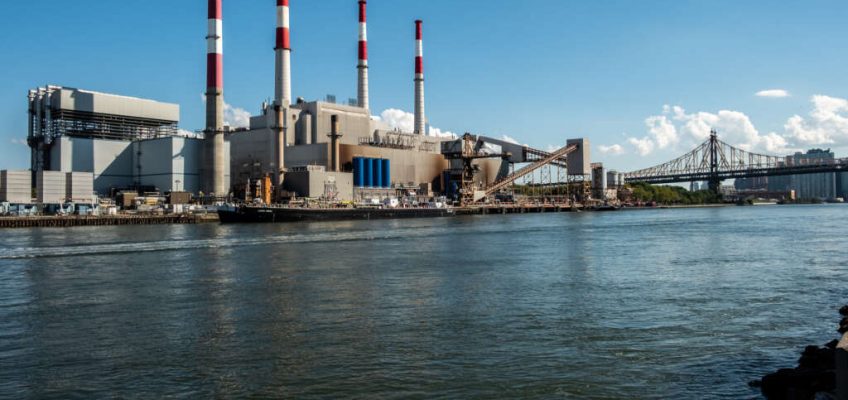By JOSH BOAK, Associated Press
WASHINGTON (AP) — White House budget director Russell Vought suggested in a Thursday letter that Federal Reserve Chair Jerome Powell is in violation of government building rules in the renovation of the Fed’s headquarters.
Vought, in a letter he shared on social media, called the initial renovation plans featuring rooftop terrace gardens, VIP dining rooms and premium marble an “ostentatious overhaul.” Vought also suggested that Powell misled Congress by saying the headquarters had never had a serious renovation, saying that a 1999-2003 update of its roof and building systems counts as a “comprehensive” renovation.
It appears part of a larger pressure campaign by the Trump administration to pressure the Fed chair into departing before his term ends in May 2026. Powell has declined to reduce interest rates until the U.S. central bank has a better understanding of the impact that President Donald Trump’s import tax hikes could have on inflation.
Fed officials did not respond to an email seeking a response to the White House letter. Powell said in Senate testimony last month that some of the elements in the 2021 plan such as the dining rooms and rooftop terraces are no longer part of the project for the 90-year-old Marriner S. Eccles Building.
Related Articles
What’s next for President Donald Trump’s birthright citizenship order in the courts
Freed from ICE detention, Mahmoud Khalil files $20 million claim against Trump administration
Man accused of attempting to assassinate Trump wants to represent himself in Florida case
What to know — and what isn’t known yet — about US tax deductions for tips and overtime pay
Liberians confused and angry after Trump’s ‘condescending’ praise for their leader’s English
The Supreme Court said in May that it could block any attempts by the White House to dismiss Powell, noting as part of a separate ruling that the Fed “is a uniquely structured, quasi-private entity.”
Trump said at Tuesday’s Cabinet meeting that Powell “should resign immediately” and be replaced by someone who would lower rates, as the U.S. president believes that high inflation is no longer a risk to the U.S. economy.
As Trump sees it, a rate cut would reduce the costs of government borrowing in ways that make mortgages, auto loans and other forms of consumer debt cheaper. But a rate cut could also lead to more money flowing into the economy and push up inflation, worsening affordability as the financial markets ultimately determine the interest charged on the national debt.
In Thursday’s letter, Vought sent Powell a series of questions about whether the renovation project complies with federal standards. Vought said that Powell’s testimony about changes to the 2021 plan “appears to reveal” that the renovation is not in compliance with the National Planning Capital Act.
The Fed sees political independence as an essential value for setting monetary policy, allowing it to act without the interests of elections and focus instead on its dual mandate of stabilizing prices and maximizing employment.
Trump has repeatedly berated Powell on his social media site Truth Social, nicknaming the Fed chair “Too Late.” On June 30, Trump sent Powell a handwritten note saying that his decision to hold rates steady had “cost the USA a fortune” in the form of higher servicing costs on the national debt.
The risk of prematurely lowering rates is that higher inflation could be ignited. The Fed’s preferred measure of inflation, the personal consumption expenditures price index, is at 2.3%, slightly higher than the Fed’s 2% target.
Inflation has fallen after spiking to a four-decade high in June 2022, but the uncertainty on the size and impact of Trump’s tariffs and how they flow through the U.S. economy has caused the Fed to pause after multiple rate cuts last year.




